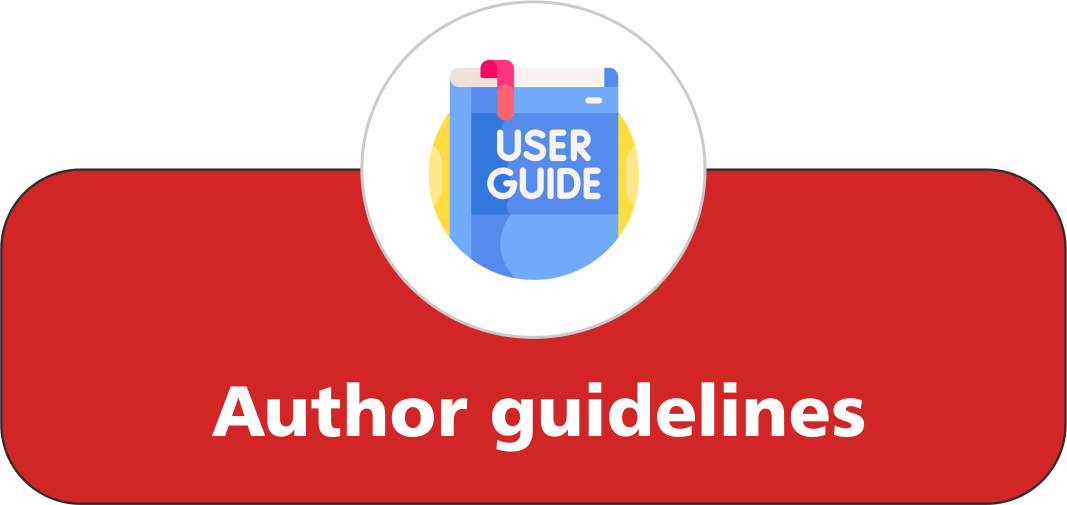Effect of Structured Volleyball Activities on the Motor Performance of Students in Physical Education
 ),
),
(1) Bohol Island State University
 Corresponding Author
Corresponding Author
Abstract
This study investigated the effect of structured volleyball activities on the motor performance of students enrolled in Physical Education at Bohol Island State University, Bilar Campus, Philippines, during the second semester of the academic year 2024–2025. A quasi-experimental pretest–posttest design was employed with 37 students who fully participated in volleyball sessions. The intervention included fundamental drills such as serving, passing, blocking, setting or tossing, and spiking. Motor performance was measured using a validated and expert-reviewed instrument, and data were analyzed through descriptive statistics and an independent samples t-test. Pre-test results indicated very poor levels of motor performance across most skills, reflecting limited ability in volleyball fundamentals. Post-test findings revealed significant improvement, with most skills assessed at a very good level, and serving obtained the highest mean score. Statistical analysis confirmed a significant difference between pre-test and post-test scores. The results highlighted the effectiveness of structured volleyball activities in enhancing students’ motor performance and physical competence.
Keywords
References
Bilici, Ö. F., and Selçuk, M. (2018). Evaluation of the effect of core training on the leap power and motor characteristics of the 14-16 years old female volleyball players. Journal of Education and Training studies, 6(4), 90-97.
Calixtro Jr, V. L. (2024). Learners’ 21st Century Skills Special Program in Sports Curriculum. Indonesian Journal of Multidiciplinary Research, 4(2), 267-274.
Chen, W., Hammond-Bennett, A., Hypnar, A., and Mason, S. (2018). Health-related physical fitness and physical activity in elementary school students. BMC public health, 18(1), 195-207.
Ennis, C. D. (2017). Educating students for a lifetime of physical activity: Enhancing mind–body integration through constructivist teaching. Quest, 69(1), 27–39.
Etikan, I., Musa, S. A., and Alkassim, R. S. (2016). Comparison of convenience sampling and purposive sampling. American Journal of Theoretical and Applied Statistics, 5(1), 1-4.
Ferraz, R. d. C., González, J., and Pill, S. (2023). Life skills and volleyball teaching: comparison between TGfU and direct instruction models. Education Sciences, 15(3), 305-317.
Fiandini, M., Nandiyanto, A. B. D., Al Husaeni, D. F., Al Husaeni, D. N., and Mushiban, M. (2024). How to calculate statistics for significant difference test using SPSS: Understanding students comprehension on the concept of steam engines as power plant. Indonesian Journal of Science and Technology, 9(1), 45-108.
Ghasemi, A., Momeni, M., and Kalantari, H. A. (2021). The effect of volleyball-specific training on the development of motor skills in adolescents. Journal of Physical Education and Sport, 21(4), 1794–1799.
Katic, R., Bala, G., Popovic, B., and Krneta, Z. (2021). Motor skills development in youth and the effectiveness of physical education. Journal of Human Kinetics, 77, 243–252.
Kozinc, Ž., Žitnik, M., and Šarabon, N. (2022). Motor learning strategies and their effects on performance in youth sports: A systematic review. Frontiers in Sports and Active Living, 4, 875290.
Li, Q. Z., Fang, Q., Zhao, X. T., & Peng, W. (2024). Motor ability development by integrating small-sided games into physical education class. Frontiers in Psychology, 15, 1259924.
Lorås, H. (2020). The effects of physical education on motor competence in children and adolescents: a systematic review and meta-analysis. Sports, 8(6), 88-100.
Marques, A., Santos, D. A., Hillman, C. H., and Sardinha, L. B. (2020). How does academic achievement relate to cardiorespiratory fitness, self-reported physical activity and objectively measured physical activity: A systematic review. International Journal of Environmental Research and Public Health, 17(2), 487.
Moreira, R. E., Massuça, L. M., and Figueiredo, A. J. (2021). Effects of structured physical education interventions on motor competence in school-aged children: A meta-analysis. European Physical Education Review, 27(3), 644–660.
Nesbitt, D. R., Hannon, J. C., Brusseau, T. A., and Burns, R. D. (2020). Effects of a sport education model on motor skill development in physical education. Journal of Teaching in Physical Education, 39(1), 65–75.
Risma, N., and Bakhtiar, S. (2024). Improvement of basic volleyball techniques through motion coordination learning model: A literature review. Journal of Physical Education Health and Sport, 11(2), 79-84.
Silva, G., Clemente, F. M., Lima, R., and Nikolaidis, P. T. (2022). The impact of structured sport intervention on motor competence and health-related fitness in youth. International Journal of Environmental Research and Public Health, 19(3), 1682.
Siva, M. (2025). Volleyball skills techniques and the impact on motor fitness. Journal of Neonatal Surgery, 14(3S), 90–94.
Suzin, B. N., Ferreira, M. R., and Viecelli, A. (2023). Assessment of lower extremity functional performance in young male volleyball athletes. Sport Sciences for Health, 19, 797–803.
Yousif, T. (2023). The effect of maximum and supramaximal strength exercises on developing motor response speed and the skill performance of spike for volleyball players. Journal of Physical Education, 35(4), 1252–1234.
Article Metrics
Abstract View : 328 times
: 328 times Download : 105 times
Download : 105 times
Refbacks
- There are currently no refbacks.
Copyright (c) 2025 Bumi Publikasi Nusantara

This work is licensed under a Creative Commons Attribution-ShareAlike 4.0 International License.



_publication_ethics.png)



